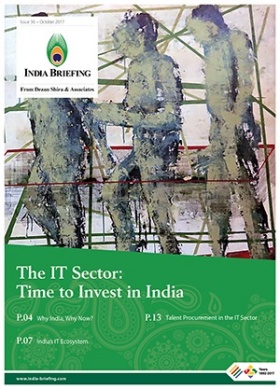Why India is Becoming the Offshore Accounting Hub for Global CPA Firms
We explain why India – the world’s most established BPM/BPO market – has emerged as a preferred destination for offshore accounting.
Copyright and Trademark Protection in India: Why It Matters for Businesses
Learn how copyright and trademark laws in India safeguard creative works and brand identity. We explain key differences, registration procedures, and practical strategies to help businesses protect IP, build credibility, and expand globally.
Establishing a Trading Company in India
Starting an import-export business in India with the right strategies allows a firm to access information resources, network contacts, and concessions, which are key to profitability and compliance.
India’s ECMS Scheme: Seven Electronics Manufacturing Projects Approved Worth US$625 Mn
India’s ECMS initiative has its first set of beneficiaries – high-value components like PCBs, camera modules, and copper laminates – which will boost local electronics manufacturing. The scheme launched in April 2025, with applications opening May 1.
Regulatory Standards When Selling to the Indian Market
Expanding into India requires strong regulatory readiness. Read our latest publication to understand compliance regarding product certification, BIS/FSSAI approvals, labeling rules, import compliance, GST registration, and evolving data protection laws.
India Manufacturing Tracker 2025
Introducing the India Manufacturing Tracker 2025 by India Briefing—your go-to source for real-time updates on the country’s industrial production, emerging trends, and key sector insights.
Understanding India’s New HSN Code Guidebook 2025
India’s HSN Code Guidebook (2025) introduces a unified product classification framework under GST 2.0 and Customs, mapping approximately 12,000 HSN codes to align with internal customs standards and enhance trade compliance.
India and China Resume Direct Passenger Flights: Boost for Trade, Tourism, and Regional Connectivity
On October 26, 2025, direct flights between India and China resumed after a five-year suspension, marking a major milestone toward restoring normal bilateral exchanges.
















